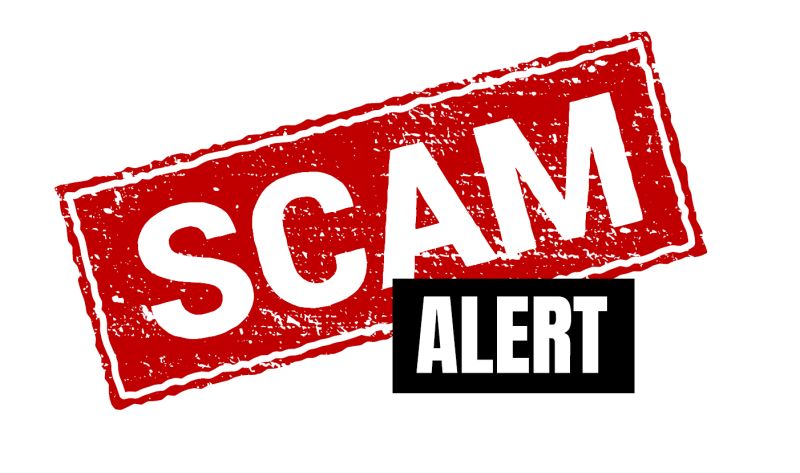
In the intricate web of corporate affairs and financial transactions, scams and fraudulent activities sometimes remain hidden from the public eye until they come crashing down, leaving a trail of devastation in their wake. One such scandal that shook the corporate world was the Prysmian Group Scam. This article delves deep into the Prysmian Group scam, shedding light on the key players, the modus operandi, and the aftermath of this corporate catastrophe.
The Rise of Prysmian Group
Before delving into the scandal itself, it’s important to understand the background of Prysmian Group. Founded in 1872, Prysmian Group had grown to become a global leader in the cables and systems industry. With operations in over 50 countries and a workforce of more than 30,000 employees, the company boasted an impressive portfolio of products and services, ranging from telecommunications to energy cables. Prysmian was a trusted name in the industry, known for its innovation and commitment to quality.
The Scam Unveiled
The Prysmian Group Scam began to unravel in the early 2010s, sending shockwaves through the corporate world. The heart of the scandal revolved around a massive accounting fraud that had been ongoing for several years. The scam primarily involved the overstatement of profits and revenues, creating an illusion of a financially robust and thriving company.
Key Players
- Valerio Battista: Valerio Battista was the CEO of Prysmian Group during the time the scam took place. He played a pivotal role in orchestrating the fraudulent activities within the company, manipulating financial statements and deceiving investors and regulators.
- Senior Executives: Several senior executives and managers within the company were complicit in the scam. They were responsible for executing the fraudulent transactions and manipulating financial records to maintain the façade of financial health.
Modus Operandi
The Prysmian Group scam was a complex and well-orchestrated operation that involved various tactics and techniques to deceive stakeholders. Some of the key methods employed in the scam included:
- Revenue Recognition Manipulation: The perpetrators inflated the company’s revenues by recognizing revenue from future contracts and projects prematurely. This gave the false impression of consistent growth in the company’s top-line.
- Fictitious Sales: False sales transactions were created, often involving non-existent customers or fabricated orders. These fictitious sales artificially boosted the company’s revenue figures.
- Manipulated Expenses: To offset the inflated revenues, expenses were underreported or shifted to later periods. This made it appear as though the company was operating more efficiently than it actually was.
- Off-Balance Sheet Transactions: The use of off-balance sheet entities and special purpose vehicles allowed the scam operators to hide debt and liabilities, presenting a healthier balance sheet to investors and creditors.
- Fabricated Contracts: Contracts with customers and suppliers were forged to support the fraudulent financial statements. These contracts, when scrutinized, were found to be non-existent or based on false terms.
The Aftermath
When the Prysmian Group scam finally came to light, the consequences were severe and far-reaching:
- Legal Action: Valerio Battista and several other executives involved in the scam faced criminal charges related to accounting fraud, securities fraud, and conspiracy. Legal battles ensued, leading to convictions and significant penalties.
- Shareholder Losses: Shareholders of Prysmian Group suffered substantial losses as the stock price plummeted following the revelation of the scam. Many investors saw their investments dwindle in value.
- Regulatory Scrutiny: Regulatory bodies, including the Securities and Exchange Commission (SEC) and European financial authorities, conducted investigations into the company’s financial misconduct. Stricter regulations and oversight were imposed in the aftermath.
- Rebuilding Trust: Prysmian Group faced a long and arduous journey to rebuild trust with investors, customers, and stakeholders. New leadership and stringent internal controls were implemented to prevent future fraud.
- Industry Impact: The scandal had a negative impact on the entire cables and systems industry, as trust in corporate governance and financial reporting was eroded. Competitors and industry players faced increased scrutiny as a result.
Lessons Learned
The Prysmian Group scam serves as a stark reminder of the need for vigilance and transparency in the corporate world. Several key lessons can be gleaned from this scandal:
- Robust Oversight: Strong corporate governance and internal controls are essential to detect and prevent fraudulent activities. Boards of directors and audit committees must actively oversee financial reporting.
- Whistleblower Protection: Encouraging employees to report unethical behavior without fear of retaliation is crucial. Whistleblower protection programs can help uncover fraud early on.
- Investor Due Diligence: Investors should conduct thorough due diligence and not rely solely on financial statements. Skepticism and scrutiny are essential when evaluating the financial health of a company.
- Regulatory Vigilance: Regulatory bodies must remain vigilant and proactive in their oversight of financial markets. Timely and effective enforcement of regulations can deter fraudulent activities.
Conclusion
Prysmian Group Scam stands as a cautionary tale of corporate deception and betrayal. What was once a respected global leader in the cables and systems industry became synonymous with fraud and misconduct. The scandal serves as a stark reminder that no company, regardless of its reputation, is immune to the lure of fraudulent practices. The fallout from the Prysmian Group Scam continues to impact the corporate world, emphasizing the importance of transparency, accountability, and ethical conduct in business.